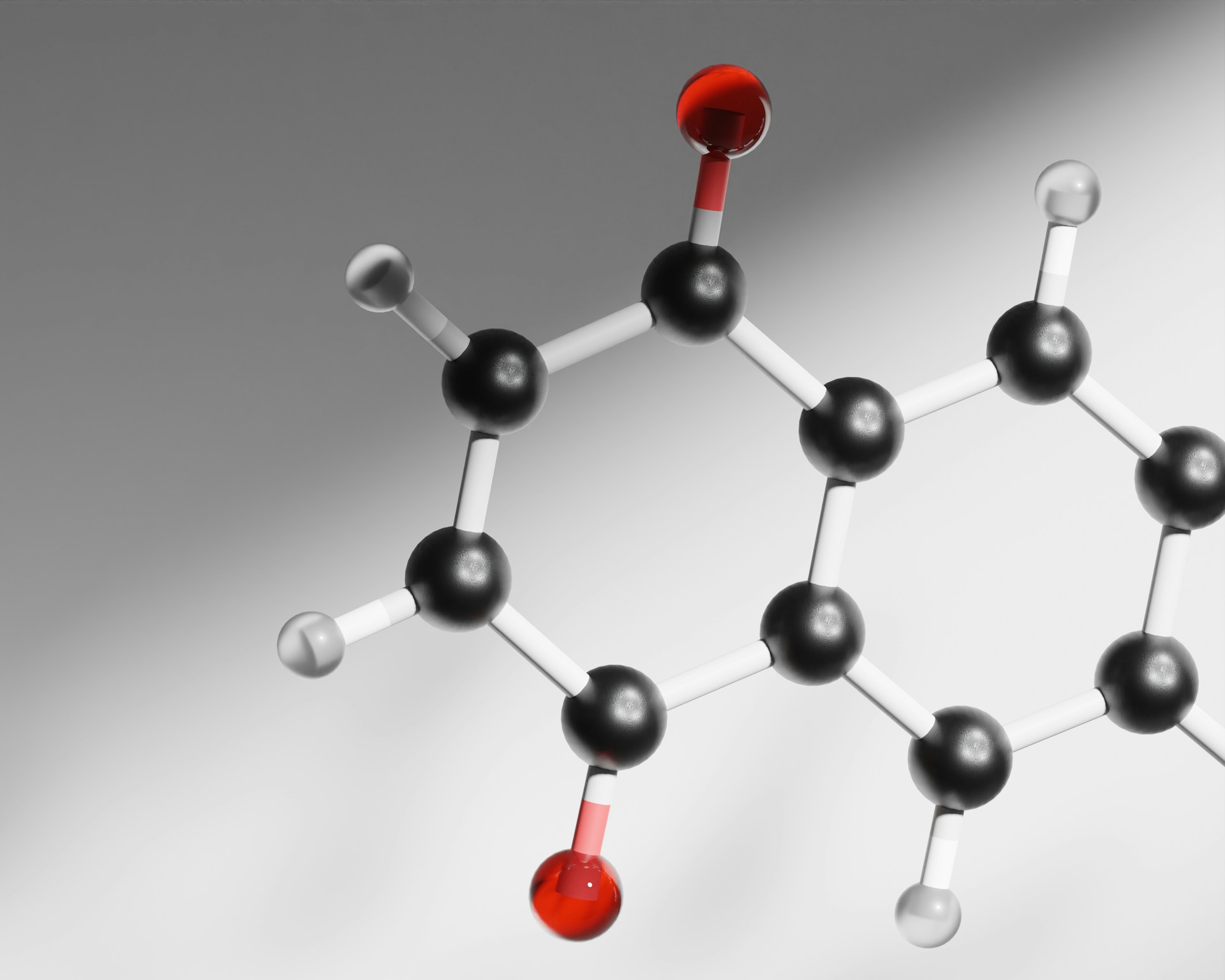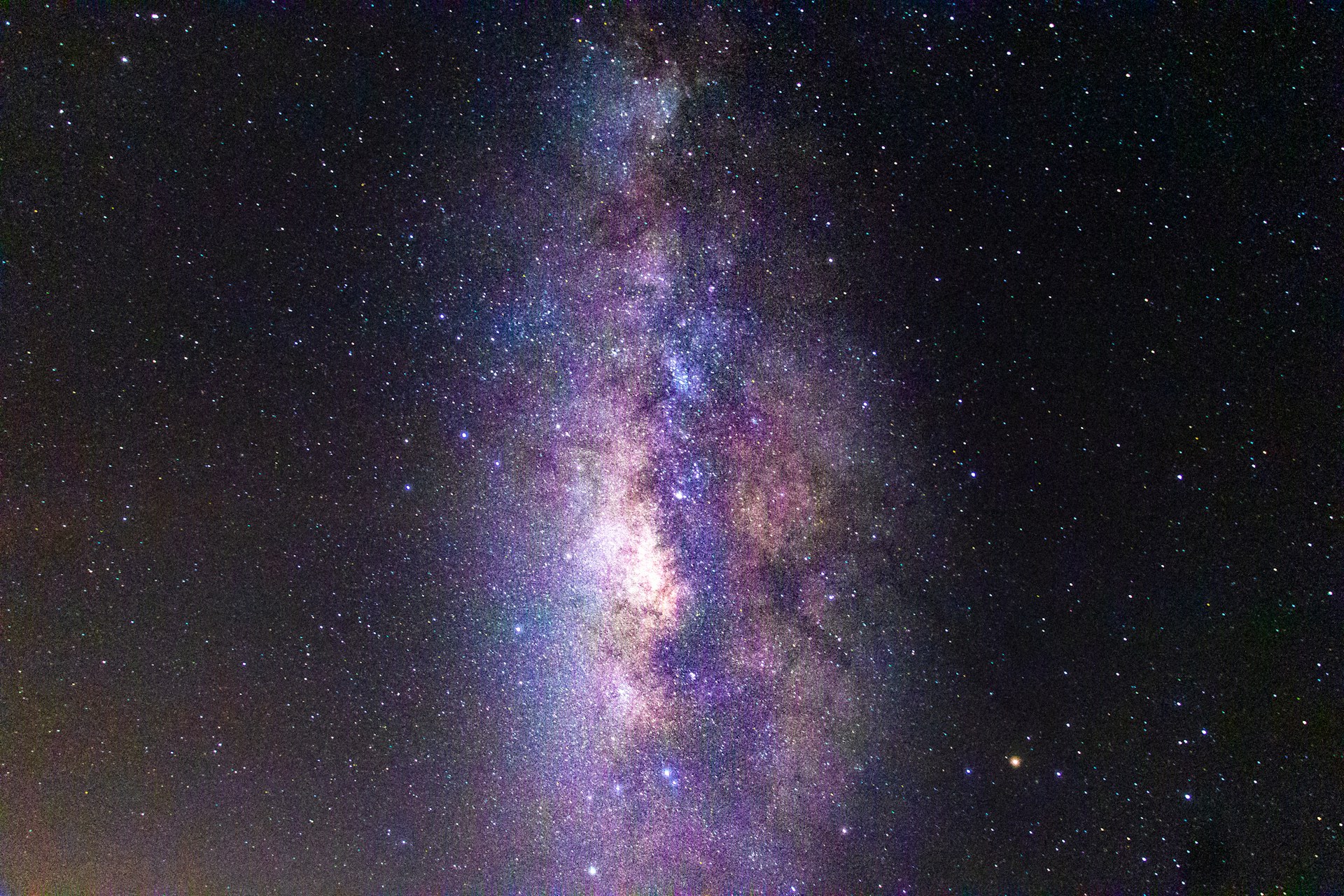Among the Mount Vesuvius eruption ruins, scientists have possibly found the first-ever glass preserved brain tissue. Photo credit: Marek Pavlík via Unsplash
The catastrophic eruption of Mount Vesuvius in the year AD 79 buried the surrounding cities and towns under hot ash and pumice—instantly killing thousands. At the same time, it was these volcanic deposits that allowed for the exceptional preservation of the Roman settlements of Pompeii and Herculaneum. Subsequently, buildings, jewellery, mosaics, and even food remains have since been discovered. Perhaps the most remarkable preservation, however, is seen in the bodies of those who once called places like Pompeii and Herculaneum home; among them is the body of a young man whose brain appears to have turned to glass. Initially discovered in the 1960s, the man’s remains were found in his bed within the Collegium Augustalium. Now, over 60 years since the remains were excavated, scientists have been able to confirm that the glass-like material found is brain tissue and have also gained insight into how this extraordinary phenomenon could have occurred.
…among them is the body of a young man whose brain appears to have turned to glass.
Glass forms through a process known as vitrification. Vitrification can only occur under specific conditions in which a material cools down rapidly enough to prevent crystal formation and instead allows the material to enter a phase known as the glass transition interval. The temperature at which this transition can occur is known as the fictive temperature and is dependent on both the material itself and the ambient conditions the material is in (as these influence the cooling rate). While vitrification is a common process in volcanic rocks, vitrification of tissues (like the brain) would normally only be seen via cryopreservation, which involves extremely rapid cooling to temperatures below -120 °C. This allows for the formation of a glass-like state, free from any ice crystals which would typically be seen upon normal freezing. Yet this can’t have been the case for this preserved brain. The clouds of hot volcanic ash produced by the eruption of Mount Vesuvius would have provided entirely the wrong conditions for vitrification by cryopreservation to occur.
…vitrification of tissues (like the brain) would normally only be seen via cryopreservation, which involves extremely rapid cooling to temperatures below -120 °C.
It was first important to establish whether this new discovery was indeed a brain, as it is fairly unusual to find soft tissues (such as the brain) preserved in archaeological sites. When this preservation does occur, it is typically through mechanisms such as dehydration, tanning, or saponification (the breakdown of fats in the body, which go on to form a soapy, wax-like substance), as opposed to vitrification. However, close study of the glass-like remains inside the skull with the aid of scanning electron microscopy revealed a well-preserved network of neurones and axons, as well as the presence of proteins specific to the human brain.
An important series of experiments were then carried out to understand how this volcanic eruption could have provided the correct conditions for this vitrification to occur. The pyroclastic flows that moved at high speeds away from Mount Vesuvius were made up of two main components: the larger stones and lava, which move along at ground level, and the large clouds of hot volcanic ash, which travel through the air. One of the experiments carried out was Differential Scanning Calorimetry (a method used to study thermal transitions occurring in materials during heating or cooling), which allowed researchers to identify 510°C as the key temperature. When this key temperature was coupled with an incredibly fast cooling process, the correct conditions were created to allow for the formation of a glass-like material. This discovery allowed scientists to conclude that the volcanic ash component of the pyroclastic flow was responsible for the vitrification. The lava material moving along at ground level would have been at a temperature far too high to allow for this preservation of soft tissues, as at these high temperatures the brain tissue would simply have disintegrated, and the cooling time would have been too slow.
A transient and fast-moving ash cloud would have provided the correct conditions for vitrification, in which the heat provided by this ash cloud would have been sufficient to raise the temperature of the brain tissue rapidly to 510°C. The presence of the skull and upper regions of the spine would have provided some additional protection from the heat, helping prevent the soft tissue of the brain from immediately disintegrating. Despite this, it is still likely that this heating would have damaged the brain in such a way that resulted in its fragmentation into smaller pieces—which is consistent with the size of the glass-like remains found in Herculaneum. Additionally, the smaller pieces of tissue formed by this fragmentation would have aided the vitrification process by speeding up the rate of cooling. As volcanic ash clouds are known to dissipate quickly, this would have further encouraged the rapid cooling of the tissue necessary for vitrification. This evidence allowed scientists to conclude that the glass-like material found was indeed a human brain, and that a fast-moving hot ash cloud provided the heat and rapid cooling rate necessary for preservation by vitrification to have occurred. The ground-level component of the pyroclastic flow then buried the whole town of Herculaneum under layers of pumice stone and lava, allowing for full preservation of the vitrified brain.
…conclude that the glass-like material found was indeed a human brain…
The discovery of this vitrified brain is remarkable and is currently the only known case of human tissue being preserved in this way, with far-reaching implications for the fields of archaeology, materials science and forensic biology. While nearly 2000 years have passed since the AD 79 eruption of Mount Vesuvius, this finding is a powerful reminder there are evidently still many more exciting discoveries to be made.





